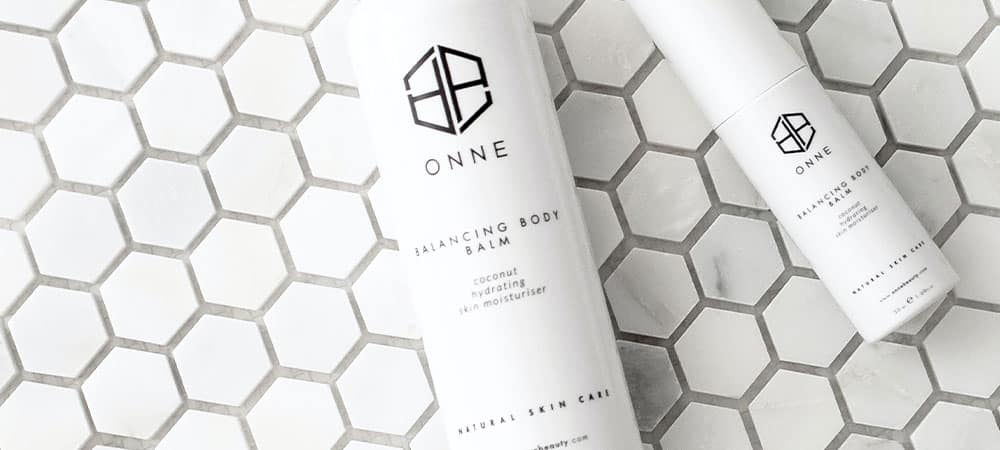As you launch a product business, you’re going to need to take the steps to legally set up your business.
You have to decide your legal structure, apply for an EIN, and figure out what licenses you need for your business. It can feel daunting to deal with the legal side of your business, but it doesn’t have to be overwhelming!
Read on to find out what you need to do to legally establish your business.
(Please note that I am not an attorney or an accountant, and the information shared here is based on the experience and research I’ve done in my more than 10 years in business.)
Choose Your Legal Structure
When you’re ready to legally set up your business, the first thing you will need to do is decide what legal structure to use.
The options include sole proprietorships, LLCs, general partnerships, and corporations. Each option has its advantages.
Sole Proprietorship
When you do business as a sole proprietor, you and your business are the same. All of your income is taxed as personal income and you personally own all the assets in the business.
Setting up a sole proprietorship is the simplest way to set up a business. You don’t have to file any paperwork or pay any fees to set up the business. You can use your name for your business, or you can file for a trade name.
The downside is there is no liability protection. If the business is sued, you are sued, and your personal assets are not protected.
General Partnership
A general partnership is very similar to a sole proprietorship, except that you set your company up with another person rather than by yourself.
Since there are two parties involved, you will want to write up a partnership agreement setting up the terms of ownership, how profits and losses will be divided, and how you will settle disputes.
You can choose to name the company with you and your partner’s last names, or you will need to file a DBA (“doing business as”) name with your state.
Like a sole proprietorship, your personal assets are not protected in a general partnership.
LLC
An LLC is the most popular type of company you can form, and it’s the type that I recommend you start with. It’s inexpensive and easy to start, and it offers more protection than a sole proprietorship or a general partnership.
The fees for starting an LLC vary based on where you live, but typically you will have to pay a one-time fee of 50 to a few hundred dollars. There is also an annual fee.
You will also need to file articles of organization with your Secretary of State and draft an operating agreement—an internal document that lays out the management and operation of your LLC.
Some states also require you to file an annual report on your business. Make sure you understand the requirements of your state, or you could end up with fines and legal issues down the road.
An LLC is taxed the same way as a sole proprietorship—business income is taxed only as personal income. But when you operate as an LLC your personal assets are protected. If someone sues you, they can only go after your business assets, not your personal assets (like your car or house).
C Corporation
A C corporation is a bit more complex to set up than an LLC, but it allows you to create a business that is a completely separate entity from yourself.
When you set up a C corporation, you will need to file a corporate name and articles of incorporation. You also have to set up a board of directors to manage your business and file an annual business report.
You’ll also be taxed twice under a C corp—once when the money comes into the business, and again when shareholders, including you and employees, are paid.
S Corporation
An S corp is set up similarly to a C corp, but the taxation process is different.
The main benefit to filing as an S corp is to avoid being taxed twice. Filing taxes as an S corp allows you to avoid paying taxes when money comes into your business—you only pay when shareholders are paid.
However, not every business qualifies as an S corp. There are many requirements, such as having fewer than 100 shareholders and being a domestic corporation.
Which Choice is Right for You?
To make the right decision for you, you’ll have to weigh out all the benefits to each legal structure, including cost, liability, and taxes. You can always change your business type later down the road.
I recommend starting as an LLC and changing to a C corp or S corp as your business grows. You’ll have the liability protection without all of the additional paperwork that comes with starting a corporation.
Other Legal Steps
Once you have determined your legal structure and filed as an LLC or corporation (if that’s the route you decide to take), you have a few other small legal steps to take.
Apply for an EIN
The first is getting an EIN (Employee Identification Number). This is essentially the social security number for your business. You don’t need employees to do this. In fact, even sole proprietors can get an EIN.
You can apply for an EIN through the IRS website. It’s a simple process, and it’s very important. Having an EIN will allow you to file taxes, open up a business bank account, and build up credit for your business.
Secure Business and Sales Tax Licenses
Product businesses also need to get sales tax licenses. You can find out how to obtain a sales tax license in your state here. You will need to have filed as an LLC or corporation and gotten your EIN before you apply for a sales tax license.
Depending on where you live, you might also need to acquire a business license before you can legally operate. Different cities, counties, and states have different requirements. Check here to see if you need a business license and to find out where to apply if necessary.
Once you finish all these steps, your business is legally established, and you can move on to more fun decisions! If you’re still in the early stages, sign up for our Start Your Product Line Email Course for valuable resources and guidance around funding, manufacturing, legal matters, marketing, and more.
Crème de Mint has specialized in beauty, food and supplement packaging design for more than 15 years. Our CPG branding agency knows how to create compelling, craveworthy designs that can help your brand stand out! Book a call today to chat with us about your packaging design.



